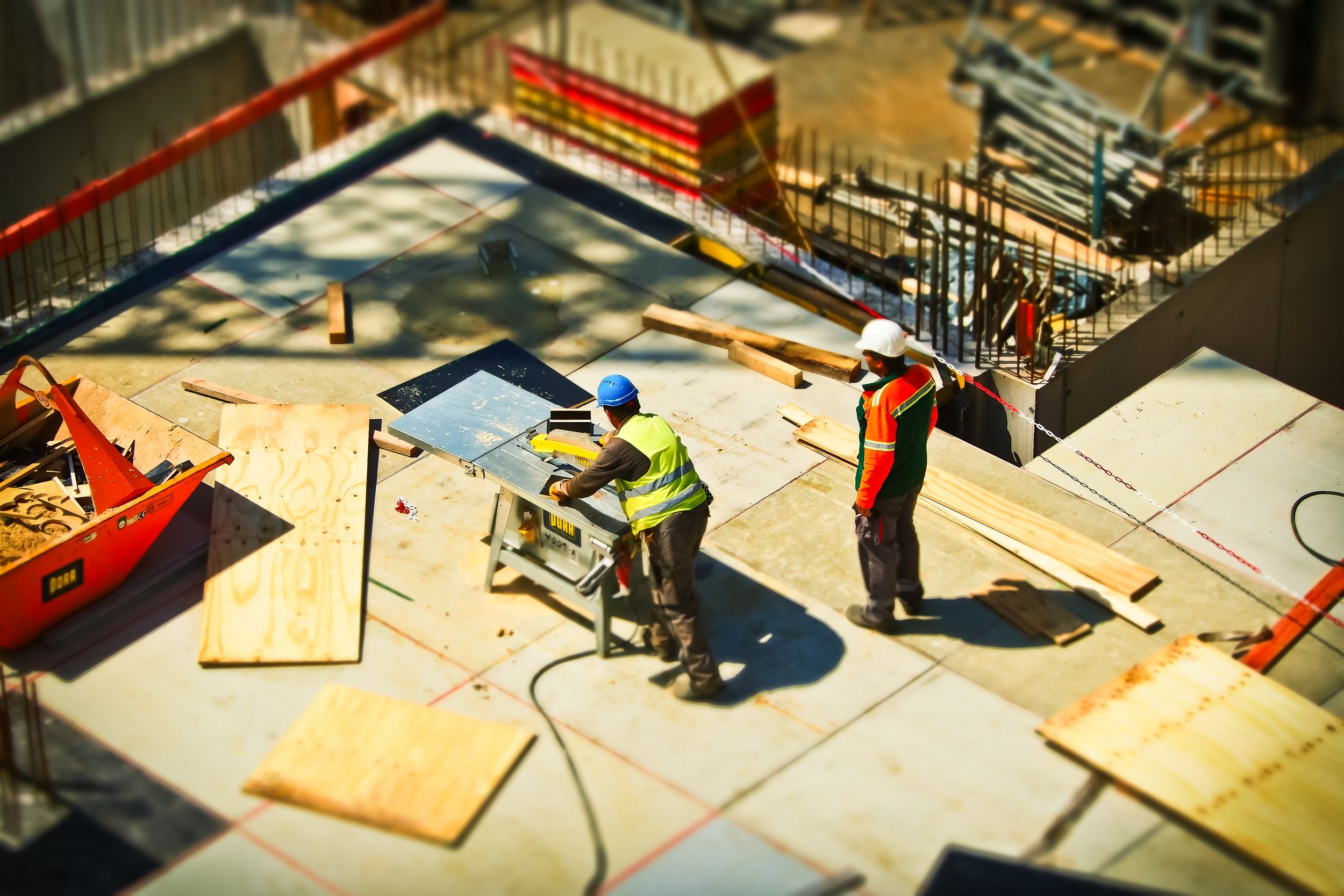Why migration growth & lack of long-term new builds will continue to underpin australian property markets
WE KNOW THE STATS NOW. SINCE 2012, HOUSE PRICES HAVE RISEN 50% IN MELBOURNE AND 70% IN SYDNEY.
SO IT'S ONLY A MATTER OF TIME UNTIL WE HAVE A SIGNIFICANT CORRECTION RIGHT?
Well, the more I read market commentary, the more I’m seeing experts change their mind about an impending bubble about to burst. Of those to join the camp of optimists is JP Morgan’s economist Henry St John, who recently predicted a one-in-five risk of a house price correction.
Why is this?
There’s obviously a number of factors such as inconsistent consumer spending, low wage & inflation growth etc. However, two major factors I want to unpack in this post is migration growth and building starts, both of which were addressed in an excellent recent article by The Grattan Institute.
MIGRATION GROWTH
In their article, The Gratton Institute provided some clear results which had a direct correlation to what has happened to our housing market over the past five years.
They note that our population is growing by around 350,000 per year. Of those who migrate to Australia, 86% choose to live in major capital cities.
And of those capital cities, guess which two received the bulk of these new immigrants? That’s right, Sydney and Melbourne.
BUILDING STARTS
Most people in the property business understand that a key factor to capital appreciation is demand. And the reality is if enough dwelling are being built to match demand (heavily linked to immigration) then we wouldn’t see such increases in property values.
The Grattan Institute used what happened to post-war Australia. During this period because demand was continually being bet, house prices barely moved. Even during the mid 1990s, The Grattan Institute noted that Australian cities built about 800 new homes for every 1,000 people. Over the last eight years however, that figure halved.
What we’re seeing today is a direct result of this lack of construction. Even though construction has picked up significantly over recent years, it’s going to have to stay at even higher levels if we are to gain an equilibrium in between demand from immigration vs housing supply.
Of course, the Australian property sector is made up of many small pockets and over time some will experience more oversupply then others.
However, as a whole our markets are very different from other countries and until we correct this issue these two factors will continue to underpin our markets.
Kind Regards,
Tim Russell


